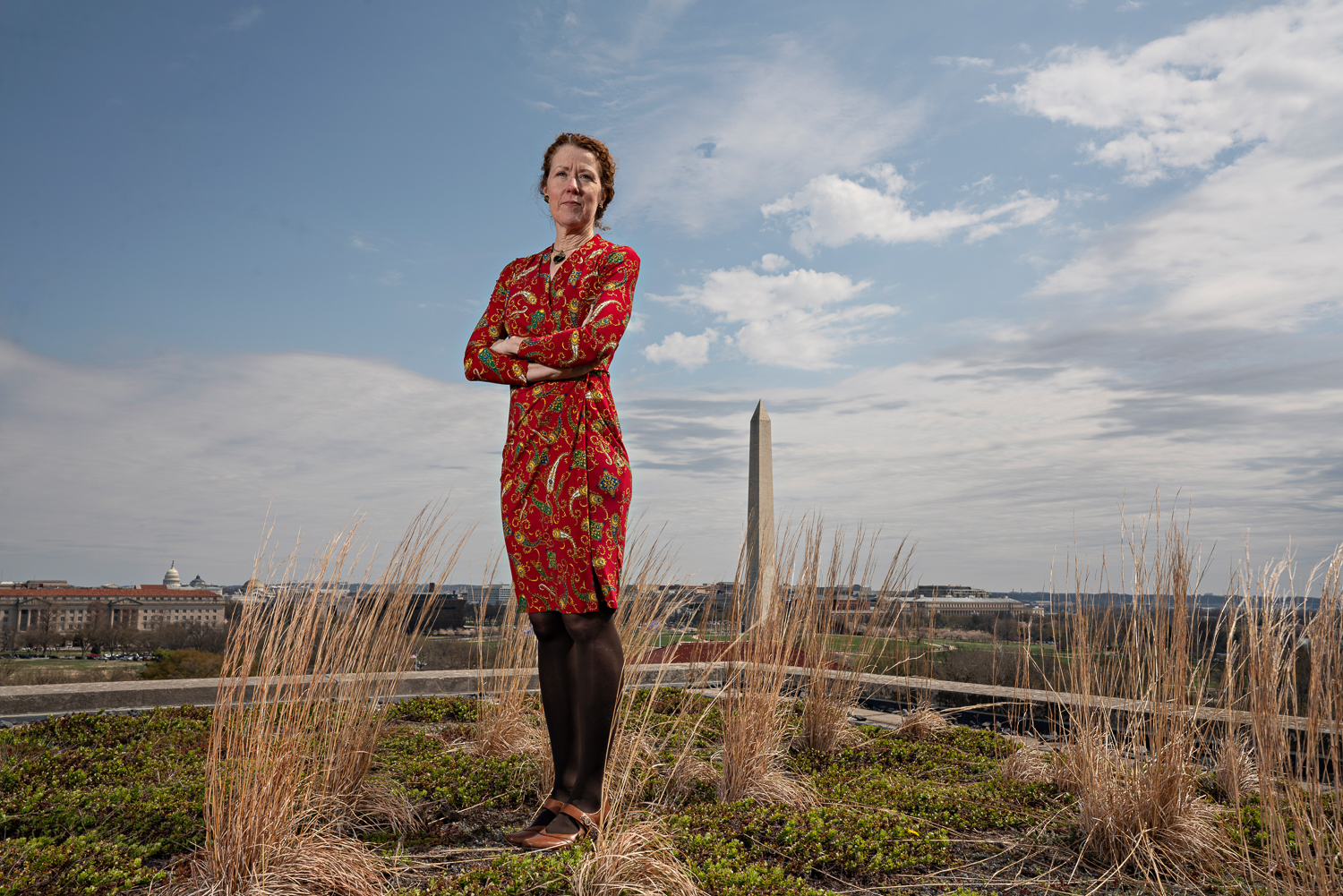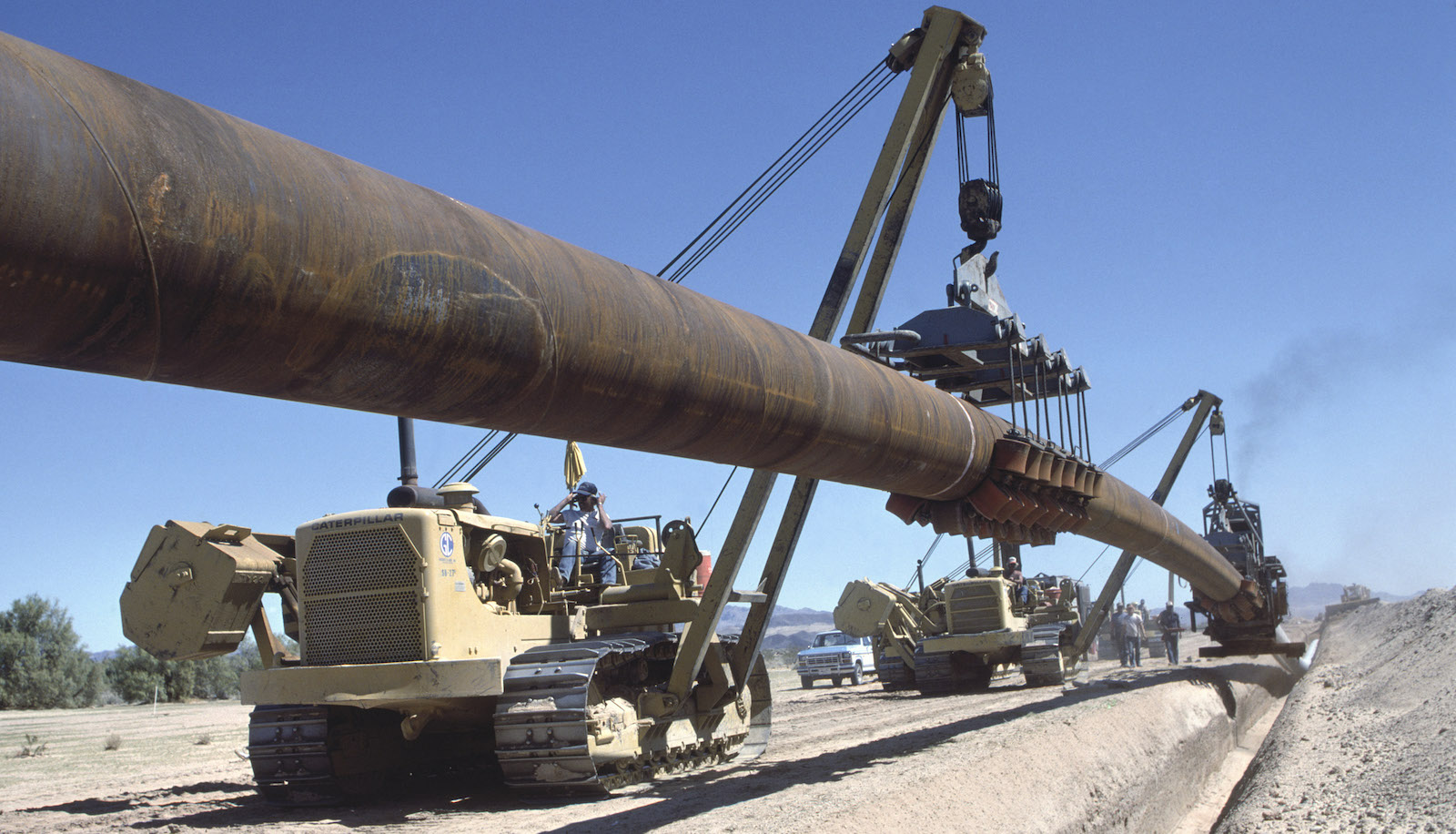This story was originally published by High Country News and is reproduced here as part of the Climate Desk collaboration.
Tracy Stone-Manning, the Biden administration’s director of the Bureau of Land Management, got her start in conservation at the confluence of the Clark Fork and Bitterroot rivers in Montana.
As the executive director of the Missoula-based restoration nonprofit Clark Fork Coalition in the late 1990s and early 2000s, Stone-Manning pushed for the removal of a Superfund site dam, then, as a field director for U.S. Senator Jon Tester, Democrat of Montana, through 2012, she worked to build support for legislation balancing recreation and forestry. She’s held a variety of leadership positions since then: director of the Montana Department of Environmental Quality, chief of staff for former Montana Democratic Gov. Steve Bullock, and, most recently, senior advisor for conservation policy at the National Wildlife Federation.
Now, as the director of the Bureau of Land Management, or BLM, Stone-Manning is tasked with overseeing one out of every 10 acres of land in the U.S. She leads an agency that hasn’t had a permanent director since 2017 and that’s struggled with staff recruitment and diversity following a botched headquarters relocation to Grand Junction, Colorado, during the Trump administration. Through it all, Stone-Manning must balance the desires of ranchers, energy developers, and recreationalists who all want different things from public lands.
High Country News recently caught up with Stone-Manning as she was traveling from Albuquerque to Farmington, New Mexico, to ask about how the BLM will achieve its conservation goals, the role the agency might play in addressing the climate crisis, and more.
This conversation has been edited for length and clarity.
Q. How will your experience as someone who has lived and worked in the West, rather than D.C., influence your approach to leading the BLM?
A: There really is something to sitting around the table, rolling up your sleeves, and listening and hearing the concerns of the person across from you. I have seen people over and over get through really intractable issues by talking to each other. That is going to help inform how I approach the work, and I do think it’s a really Western sensibility. These are tough places to live in physically, so people have to work together. That sort of ethic is imbued in the West. There have certainly been well-known fights across time, but the way through those fights, and the way to settle them, is to work together.
Q: You lead an agency that leases land for oil and gas development, which causes climate change, yet you work for an administration that says it’s trying to fight climate change. How do you reconcile those two things?
A: The president has asked us to pivot our economy to a clean energy future; he is asking us to find that solution that this country and the planet need for our long-term well-being. And that transition, although we all want it to happen overnight, isn’t going to happen overnight. We have to be really, really smart about the choices we make on how we power this country, and efficiently, effectively, and quickly transition to clean energy. Our job (at the BLM) is to make that shift and use the processes that are in place, the laws that are given to us by Congress, to help guide that transition.
Q: What role will the BLM under your leadership play in addressing the climate crisis? Can you give readers a specific example?
A: Sure. We’re ramping up our renewable energy development. Congress passed the Energy Act of 2020 that calls for public lands to supply 25 gigawatts of clean energy by 2025. We (the BLM) are on the path to achieving that number. It’s transformational.
Q: Since Biden took office, the BLM has reduced the royalty rates companies mining coal on public land pay to the federal government. Will you continue this policy? Do you support it?
A: I don’t want to be pre-decisional. There are some pending requests I’m taking a hard look at.
Q: You said in a statement in September that “our public lands are one of America’s finest ideas, and I am ready to get to work alongside a remarkable team to ensure future generations benefit from them like we have.” How does the history of dispossession and genocide of Indigenous peoples that led to the creation of public lands influence your thinking on how they should be managed today?
A: The administration has been really, really clear about how, historically, we have not done all we can to incorporate tribal voices into our management practices. We are taking that on in a truly deep sense. I’m literally driving to Farmington to meet with Navajo allottees about the Chaco mineral withdrawal, and yesterday met with the All Pueblo Council of Governors to hear their thoughts on how we move forward on a broader landscape effort around Chaco, how we respond to a recent desecration of a petroglyph site. I use these examples to say we understand the history of how we came to be stewards of these lands. And we are going to honor our obligations and our government-to-government tribal responsibilities in as deep a way as possible.
Q: Senior BLM officials have said that public lands leased for grazing livestock should count toward the Biden administration’s 30×30 conservation plan to protect 30 percent of U.S. land and water by 2030. Do you think grazing lands should be included? (Editor’s note: As HCN reported in a story published after this conversation took place, grazing is the primary culprit behind the degradation of approximately 40 million acres of BLM land.)
A: A pilot effort we have called “outcomes-based grazing” can really help inform how grazing lands can be used in the America the Beautiful initiative (the 30×30 plan’s formal name). Cattle grazing can be used as a tool on the landscape to help restoration practices. I think that there’s a way to look at landscapes in a before-and-after sense, and say, does this achieve conservation?
Our overall work is to pass on lands better than we found them. That’s what conservation is to me.
Q: Our magazine recently reported that grazing fees are the lowest they can be, according to the 1978 Public Rangelands Improvement Act and a 1986 executive order from President Ronald Reagan, and aren’t keeping up with inflation. Does that system need to be updated?
A: That’s a question for Congress.
Grazing fees are set through the U.S. Department of Agriculture and guided by a congressional mandate that they can’t be raised by more than 20 percent a year, and they can’t go over $5 an AUM (animal unit month — the amount of forage one cow and calf, one horse or five sheep need per month).
Q: What do you see as the role of BLM in upholding federal law? How should the agency go ahead with enforcing federal laws, like grazing regulations, despite threats of armed conflict?
A: It’s what we do. Our job is to implement the laws that Congress gives us, and we use science and public participation to implement those laws.
Q: You seem really matter of fact about it.
A: I found this when I was the director of the DEQ in Montana. People would say, ‘Well, why don’t you do X?’ And I would say, ‘Well, because that’s against the law. If you want us to do X, go to the legislature and change the law.’ The 1872 mining law is a really great example. People get really frustrated about how hardrock mining is implemented in this country, because it’s implemented by a law that was written in 1872 to help settle the West.
Q: Keeping sage grouse off the Endangered Species Act list is a perennial issue in the West. What, in your mind, would be a tipping point for listing sage grouse?
A: The reason that we’re asking the public to work with us on amending the sage grouse plans is because we don’t want them listed. Too much work has gone into protecting that bird — and the 350 species that that bird shares the landscape with — to get to a point of saying we have failed and we need to list. Our job is to follow the science on this, and to do everything in our power to get to a place where the science says these are appropriate management plans to keep this species around.
It is a little bit of a canary in the coal mine. We’re not just solving for sage grouse when we do this kind of work, we’re solving for an entire intricate landscape — the landscape that people see on their movie screens and celebrate as the West. It’s our job to ensure that we do everything in our power to make sure that that intricate, ecological balance stays intact.
Q: Is there anything else you’d like our readers to consider?
A: I want to make sure that we touch on the power of restoration, and how when we restore a landscape, we do a lot of things. We put people to work. We leave plants better than we found them. And we solve for some of these really intractable issues that we’ve just been talking about, like with sage grouse. Nature is the best engineering we have on the planet, and we should do all we can to get things back to as natural a condition as possible and then let nature take over.
The reason that some of these issues are so tough comes down to a really lovely thing, which is this shared value around the landscape. We all have opinions about it, because we all love it. And that’s it. That is the force that binds us together and what I hope people can hold on to as we tackle these tough issues.




